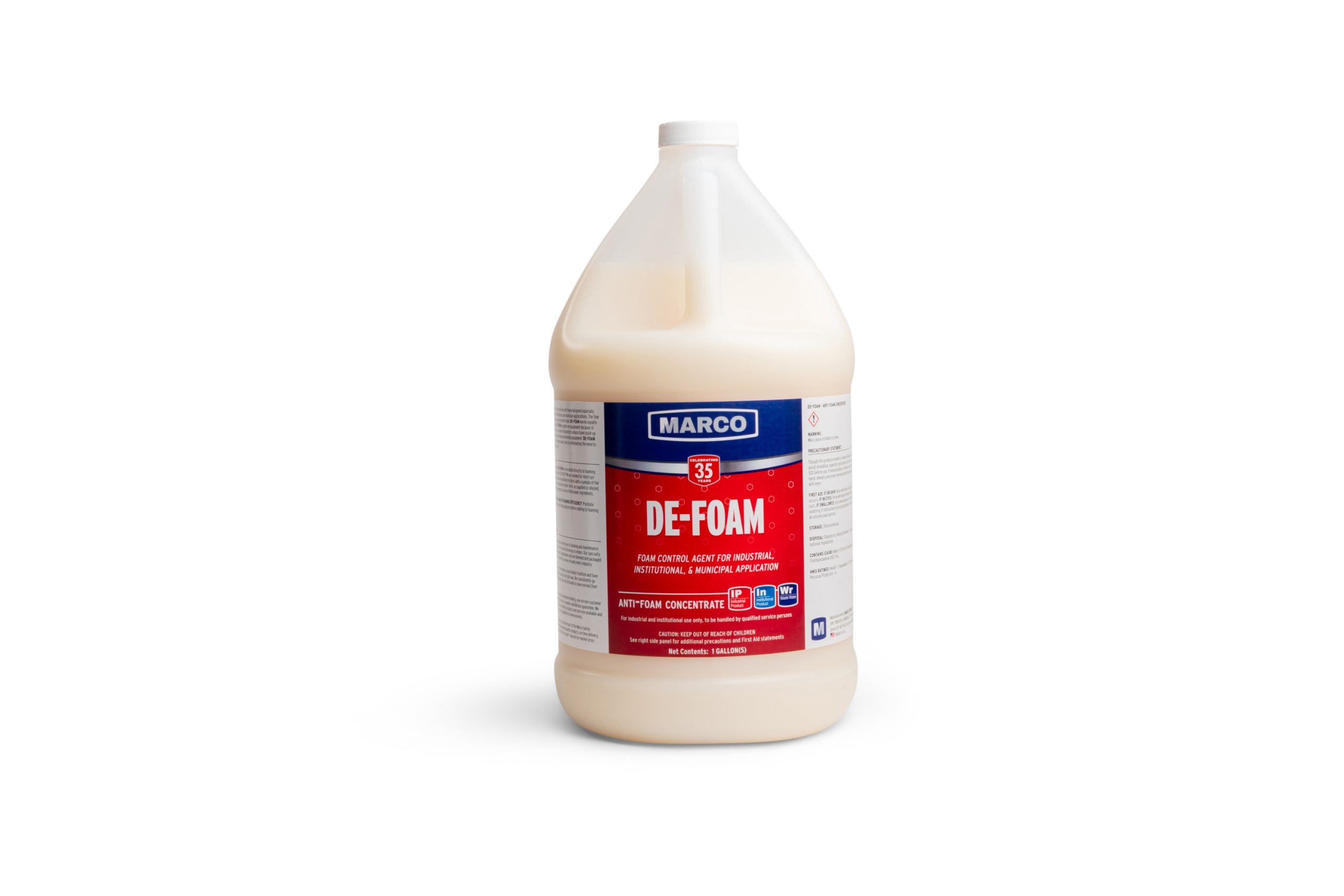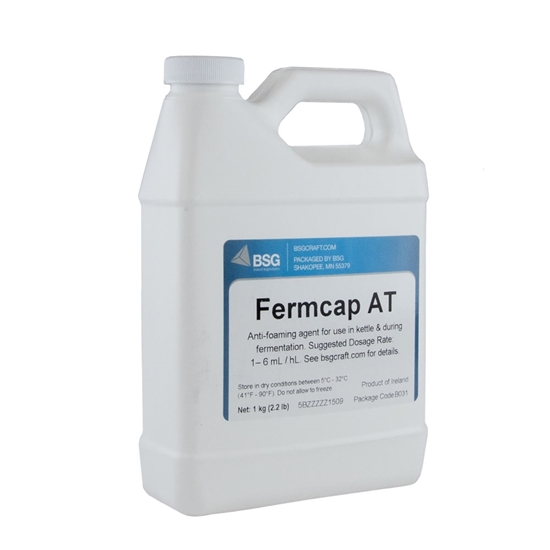Exactly How Anti-Foam Control Solutions Enhance Product Top Quality and Performance
The duty of anti-foam control remedies in commercial procedures can not be overemphasized, as they are pivotal in enhancing both product quality and operational efficiency. By efficiently mitigating foam formation, these services not only ensure consistent product texture across numerous sectors however also lessen the danger of contamination, which is vital for keeping high pureness standards.
Recognizing Foam Development
Foam formation is a typical phenomenon experienced in various industrial procedures, usually arising from the communication of liquids with gases or solids. This phenomenon happens as a result of the stabilization of gas bubbles within a liquid matrix, causing the development of a frothy layer externally. The visibility of surfactants, which minimize the surface tension of fluids, can worsen foam formation by promoting bubble development and stabilization.
Several variables influence foam growth, consisting of the nature of the fluid, the presence of pollutants, temperature level, and frustration levels. For example, high shear forces throughout mixing can introduce extra air right into the liquid, advertising bubble formation. Furthermore, hydrophilic and hydrophobic materials can engage with fluid surface areas, impacting bubble stability.
Recognizing the systems of foam formation is critical for markets such as food handling, pharmaceuticals, and petrochemicals, where foam can impede manufacturing efficiency and change product top quality. Identifying the certain conditions that cause foam generation enables far better layout and control of procedures, ultimately causing boosted functional results. Identifying these fundamental elements of foam development sets the stage for checking out efficient remedies to mitigate its unfavorable impacts in industrial applications.

Importance of Anti-Foam Solutions
While foam formation can enhance certain procedures, its unplanned visibility commonly causes considerable functional difficulties across various markets. The accumulation of foam can obstruct equipment, decrease performance, and make complex production processes. In production, as an example, excessive foam can prevent the precise measurement of fluids, causing variances in item formulation. In wastewater treatment, foam can interfere with aeration processes, adversely impacting the therapy effectiveness.

The significance of anti-foam options expands beyond operational effectiveness; they additionally play an essential role in preserving safety criteria. In markets such as food and drink handling, where health is paramount, controlling foam can protect against contamination threats associated with overflow and spillage.
Advantages to Product High Quality
Effective anti-foam remedies significantly boost product high quality across different sectors by making sure consistent formula and protecting against the introduction of contaminations. The presence of foam throughout production processes can bring about variability in item characteristics, which eventually influences the end customer's experience. By minimizing foam formation, these options facilitate uniform blending and diffusion of ingredients, leading to an item that meets rigid top quality standards.
Furthermore, anti-foam agents help preserve optimal thickness and appearance, which are vital for items such as finishes, food, and drugs. Anti-Foam Control Solutions. A stable formulation is not only cosmetically enticing but also functionally remarkable, making certain that products perform as meant. Furthermore, the decrease of foam decreases the threat of contamination, as trapped air can present unwanted bacteria or international particles that endanger product honesty
In applications like fermentation or chain reaction, efficient anti-foam options sustain ideal return and product uniformity, which are important for keeping brand name online reputation and customer satisfaction. By prioritizing product quality, manufacturers can cultivate trust fund and commitment amongst customers, inevitably adding to lasting success in the industry.
Enhancing Functional Performance
A substantial reduction in foam can bring about enhanced functional efficiency in producing procedures throughout numerous markets. When foam is lessened, it enables smoother procedures, thereby decreasing downtime associated with foam-related problems. Excessive foam can create overflow, interfere with devices performance, and necessitate frequent maintenance interventions, all of which contribute to inefficiencies and enhanced functional expenses.
By applying effective anti-foam control options, manufacturers can enhance their procedures, leading to improved throughput and productivity. The decrease of foam assists in better blending and reaction times in chemical click for info procedures, which is critical in sectors such as food production, pharmaceuticals, and wastewater therapy. In addition, with an extra stable process atmosphere, suppliers can achieve a lot more regular product outcome, therefore boosting overall operational reliability.
Additionally, enhanced operational performance can bring about financial savings in raw products and power intake. When foam is regulated successfully, sources are used much more efficiently, resulting in a reduction in waste and functional prices. As a result, organizations are better positioned to fulfill manufacturing targets and respond to market needs quickly, eventually adding to a more powerful affordable advantage in the industry.
Picking the Right Anti-Foam Agent
Selecting the ideal anti-foam representative is important for maintaining the functional performance gained through efficient foam control. The option of agent can significantly influence both the performance of the procedure and the high quality of the final item. Elements such as the nature of the foam, the my review here handling atmosphere, and the specific application has to be thought about to ensure optimum results.
Anti-foam representatives can be categorized right into two key types: silicone-based and non-silicone-based. Silicone representatives are understood for their premium efficiency in high-temperature and linked here high-shear applications, while non-silicone agents might be chosen in industries like food and drink as a result of governing factors to consider. It is important to evaluate the compatibility of the anti-foam agent with the processes and materials entailed.
In addition, the concentration of the anti-foam representative plays a critical function; extreme use can result in negative effects on item quality, while inadequate amounts may fail to regulate foam adequately. Performing comprehensive screening and pilot trials can assist identify the most suitable anti-foam agent for a particular application, inevitably boosting both product top quality and functional effectiveness.
Conclusion
In final thought, anti-foam control remedies play a vital function in improving item quality and functional performance across various sectors. By lessening foam development, these remedies make certain regular mixing and item appearance while alleviating contamination dangers.
By effectively mitigating foam formation, these remedies not only make sure regular product texture across different markets but also reduce the danger of contamination, which is vital for preserving high purity standards.Recognizing the devices of foam formation is crucial for sectors such as food processing, drugs, and petrochemicals, where foam can impede production efficiency and alter item top quality. The visibility of foam during production processes can lead to variability in product features, which ultimately affects the end customer's experience. By reducing foam formation, these services help with uniform mixing and dispersion of active ingredients, resulting in an item that satisfies rigorous quality criteria.
Choosing the suitable anti-foam agent is important for maintaining the operational performance gotten through reliable foam control.